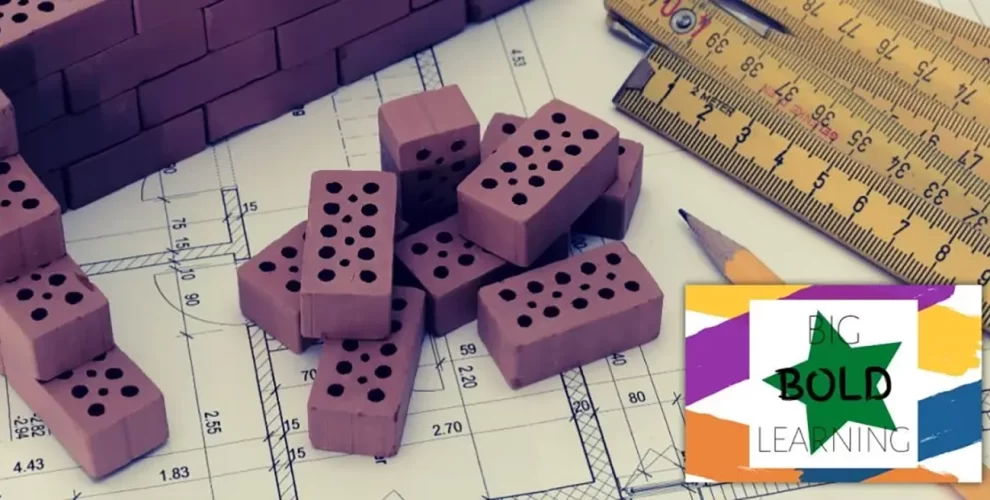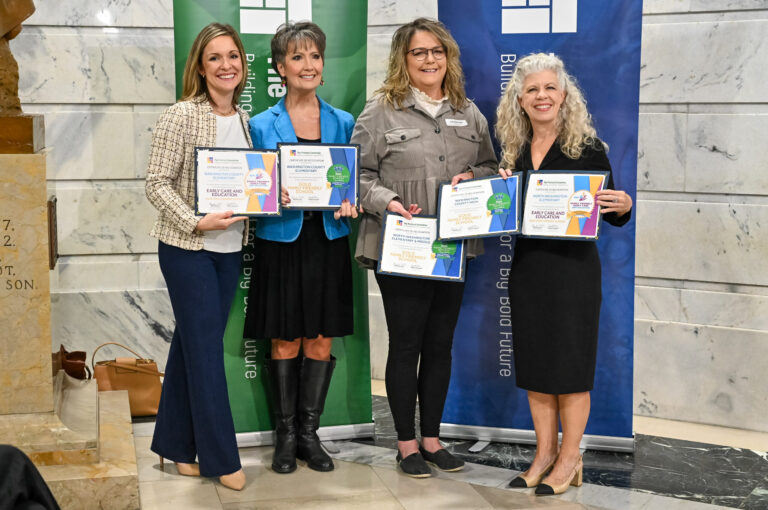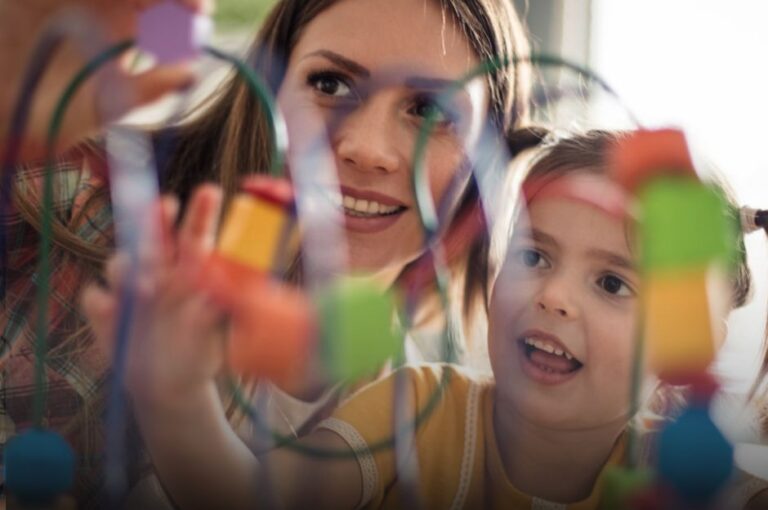Problem-Solving: Kentucky’s Science Standards Go Deep

I’m excited about Kentucky’s science standards, and problem-solving expectations are one of my biggest reasons. Since our 1990 Reform Act, we’ve called for schools to equip students to “Think and solve problems in school situations and in a variety of situations they will encounter in life,” and for many off us, that call resonates with our understanding of what’s required for adult success and participation. Our science standards set impressively high goals for what Kentucky students should know and be able to do as problem-solvers.
Science problem solving examples
The performance expectations in our standards call for students to be able to:
- “Analyze data to determine if a design solution works as intended to change the speed or direction of an object with a push or a pull” in kindergarten
- “Compare multiple solutions designed to slow or prevent wind or water from changing the shape of the land” in grade 2
- “Define a simple design problem that can be solved by applying scientific ideas about magnets” in grade 3
- “Apply Newton’s Third Law to design a solution to a problem involving the motion of two colliding objects” in grade 6.
- “Evaluate competing design solutions for developing, managing, and utilizing energy and mineral resources based on cost- benefit ratios” in high school
Engineering practices build into the standards
Those examples and others like them reflect the engineering side of our science standards. They’re built on seeing science and engineering as sharing many tools and concepts, but with science focused investigating questions for their own sake and engineering as about designing solutions to human problems. Going deeper, that engineering process includes three big steps:
- Defining a problem: stating the problem clearly, listing criteria for success, and identifying constraints or limits (for example, cost, time, needed size)
- Designing solutions: generating multiple possible solutions and evaluating each to see which ones do the best job of meeting the criteria and fitting constraints of the problem.
- Optimizing the solution: systematically testing and refining to improve the final design, trading off less important features to make the more important elements better.
Over the K-12 years, the science standards call for students to develop increasing skill and understanding for each of those steps, working with a progression of scientific content knowledge as they go.
Students as problem-solvers now and years from now
Students who take on this kind of problem solving do engaging, substantive work right away. To learn these capacities, they’ll have to work on big projects and assignments, with room to try things that fail, try things that partly work, and keep trying until they find solutions that really meet the needs. It’ll be messy. It’ll be exciting. It’ll be learning that stretches and builds and deserves their best energy. That, in itself, is great.Students who solve problems in this systematic way will also be building skills that can last a lifetime. Imagine communities where many residents are good at this kind of careful study. They’ll be better at tackling local issues together. They’ll be more appealing to potential employers. And they may well produce more homegrown entrepreneurial approaches and environmental solutions.Source note: The full science standards are worth reading and available here. The engineering discussion above also draws from “A Framework for K-12 Science Education: Practices, Crosscutting Concepts, and Core Ideas,” developed by the National Research Council in 2012, and available here.




